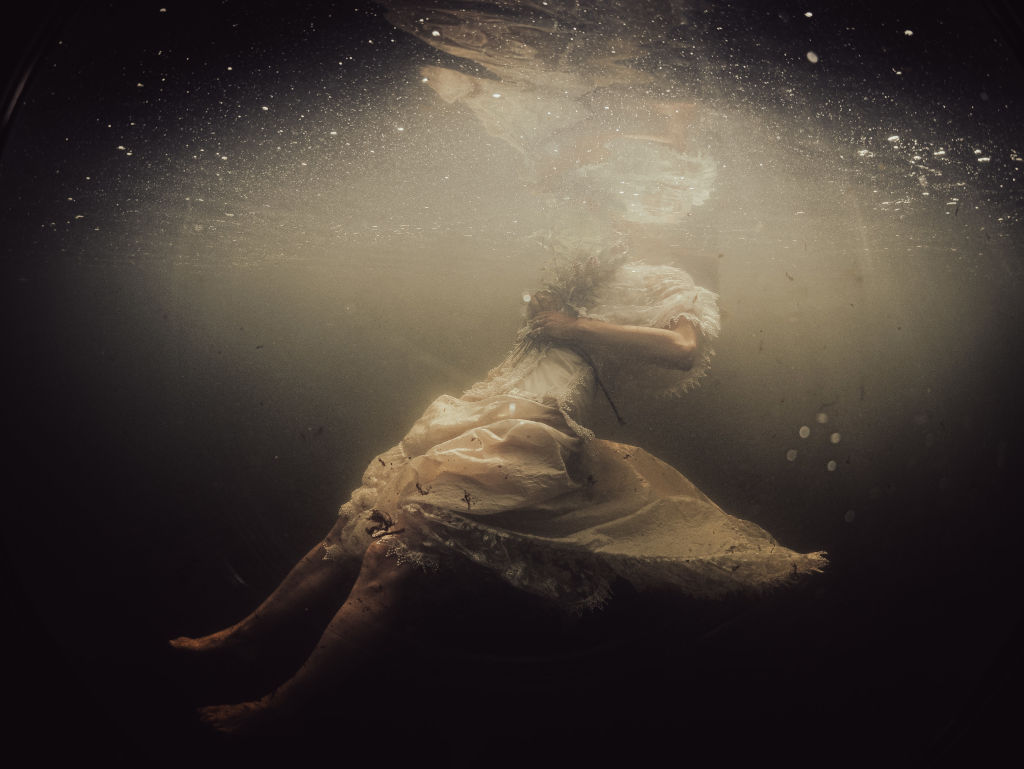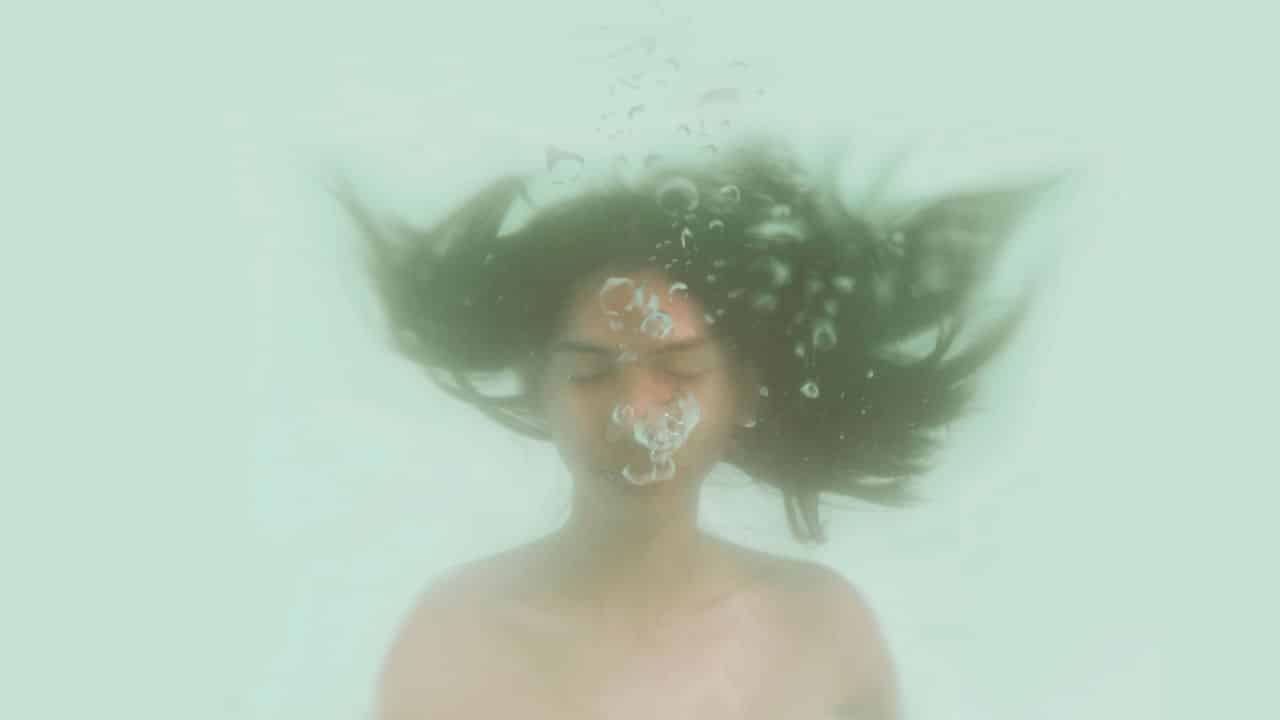The human body system functions this way; breathe in oxygen and breathe out carbon dioxide. However, with drowning, the reverse of this happens. Drowning is a type of asphyxiation that occurs when an individual is submerged in liquid to the point where they cannot breathe in oxygen. Simply put, what happens during drowning is that there is low oxygen in the body and excess carbon dioxide flowing through the body system. This can lead to water entering the lungs, stopping the lungs from distributing oxygen to the body, causing events like death, loss of consciousness, and even brain damage. In a case of drowning, the at-fault party can be sued to court for damages, and one of the ways attorneys can prove their legal claims is via the use of litigation animation.

Legal Issues That Can Be Raised In Drowning Accident Cases
According to the Centers for Disease Control and Prevention, there are an estimated 3,960 fatal unintentional drownings and over 8,080 non-fatal drownings in the United States every year. Fatal drownings are cases that result in death, while non-fatal drownings are cases that don’t result in death but can lead to complications like a hypoxic brain injury.
Drowning can be prevented by an individual who knows how to swim, a lifeguard, or the victims themselves. However, not everyone knows how to swim and can save themselves from drowning.

In a case of drowning, a plaintiff can raise an issue of negligence on the part of the property owner, a lifeguard, or the supervising adult (in the case of a child drowning). Negligence claims can be brought forward to prove that a lifeguard failed in their duty of care and protection. It can also be brought against the adult who has failed to supervise the kids.
A premises liability and wrongful death claim can also be brought against the property owner since they are responsible for creating and maintaining a safe environment so that people who come onto the property don’t get injured.
How Does Litigation Animation Help Your Legal Claims?
In the United States and across the world, drowning cases are not strange to the court of law. One such case is Blacka v. James, where the defendant, the owner, and operator of a swimming resort, was sued for negligence.
Another case is the case of Volpe v. City of Lexington, where the estate of the deceased sued the operator of a riverside park for gross negligence, willful and wanton negligence, and public nuisance leading to the death of their ward. Other drowning cases can also be found here.
The American Bar Association considers animations to be one of the most powerful pieces of evidence available to attorneys today due to their notable achievements; hence it’s an excellent option for an attorney to use in a drowning case.
The possibilities of what can be shown to the jury are limitless with litigation animation.
Litigation animation can be used to show unsafe infrastructural conditions around the pool or riverside, leading to an accident or death.
Furthermore, in a case of non-fatal drowning, litigation animation can be used to clearly illustrate what happens when someone gets submerged in a liquid. Here, the internal organs can be clearly illustrated, and oxygen flow and disruption to the brain and other organs can be visualized for the jury to see. The excess accumulation of carbon dioxide in the body can also be illustrated to show its adverse effect on the body organs.
In addition, if the need arises during the trial, litigation animation can illustrate dangerous currents, waves and tides around a riverside. The magnitude of and causes of the waves, tides, and currents can be clearly illustrated with the aid of litigation animation.
Hence, it’s vital as an attorney handling a drowning lawsuit to maximize the use of litigation animation to help your clients get the best possible settlements.





